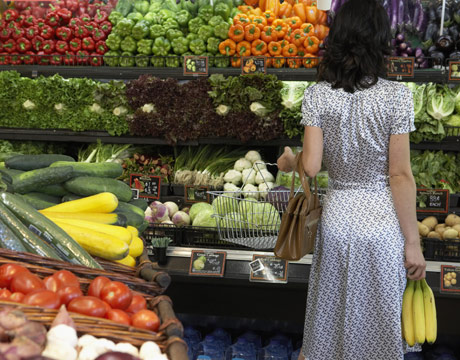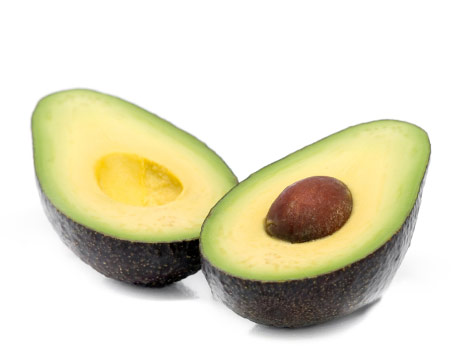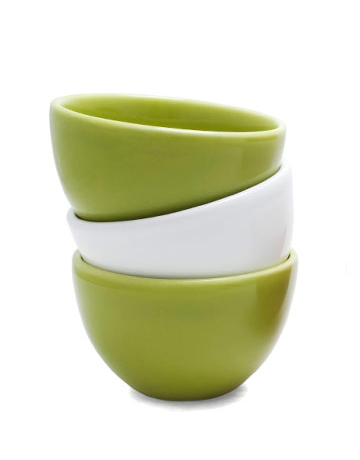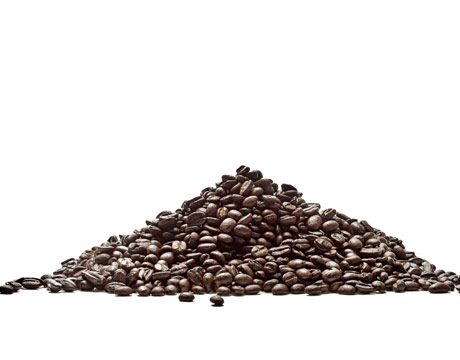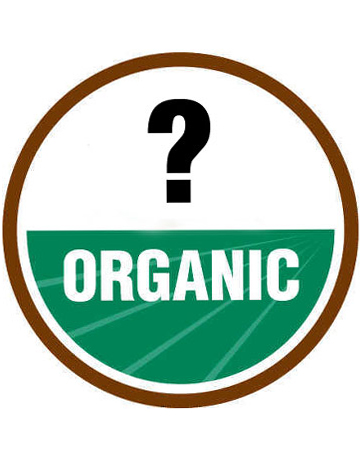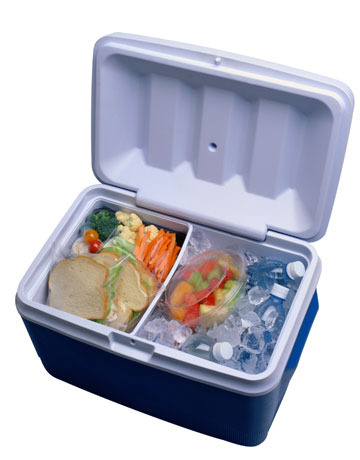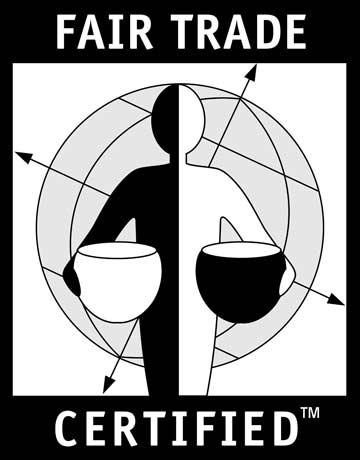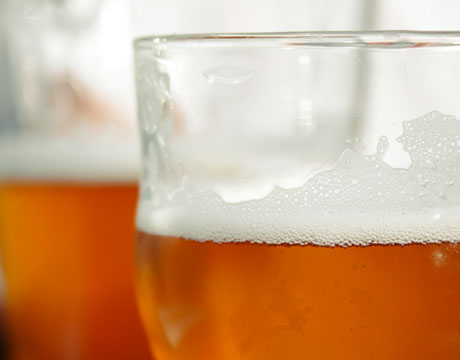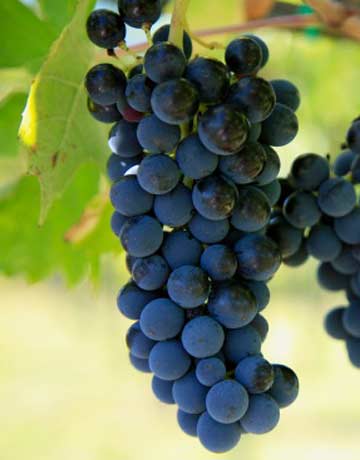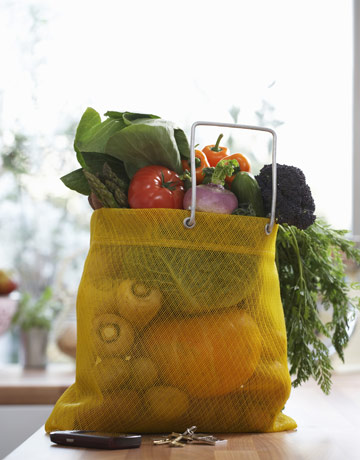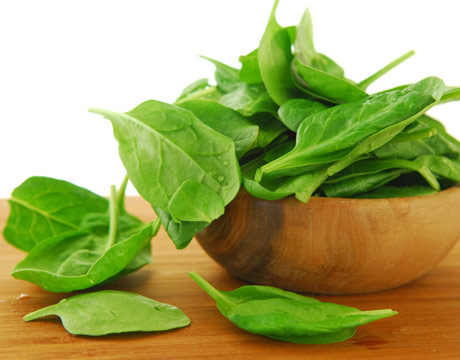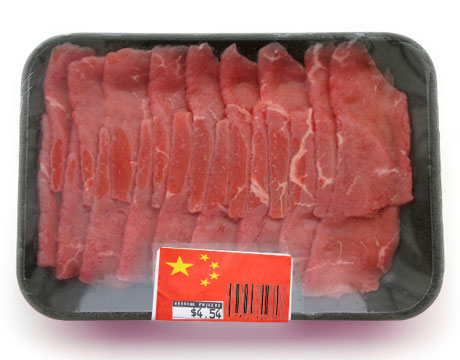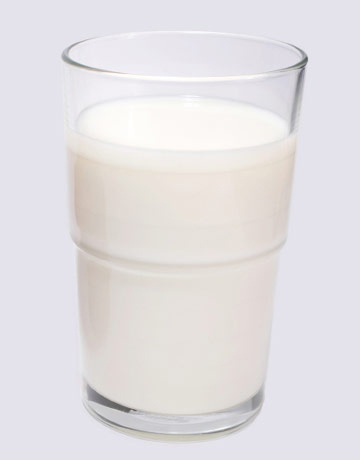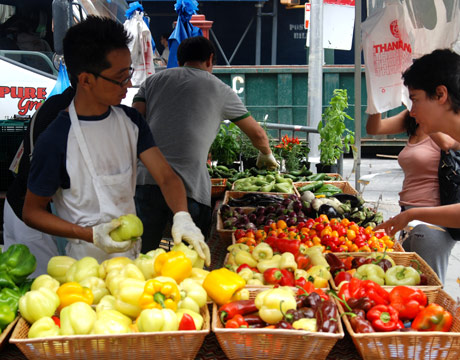|
Top Green Food TipsLearn Ways to Green Your Diet, Save Money, and Decipher Food Labels
Avoid the Dirty Dozen Pesticide residue is an alarming concept -- no one wants chemical poisons lingering on their foods. Choosing organic varieties not only ensures that the food you ingest is free of pesticides, but it helps protect workers in farm fields, the land and beneficial bugs in the wild.
Save on Organics Ideally, you'd buy all organic foods, but the fact is they can cost more. Do you know where you can save on organics? Some fruits and vegetables aren't loaded with pesticides, so you can spend your organic dollars where they'll count the most.
Save on Organics Eating organic food isn't the only way to go green in the kitchen. Our food choices have a huge impact on the environment, and there are several easy changes you can make to lessen your impact on the earth. For example, consider reducing the amount of food packaging that makes its way through your kitchen by buying in bulk.
Brew Fair Trade Coffee When it comes to your morning cup of coffee, don't just think organic. Fair Trade Certification is important, and the label means that coffee farmers are paid fair prices for their products. Looking for a recommendation?
Green Your Pantry Get your eco-conscious family on the path to good health by greening your pantry. This doesn't just mean stocking up on fresh fruits and veggies--though that's a good idea too! Cut the clutter (try glass storage containers) and chemicals (make the switch to green cleaners) in the pantry.
Understand Organic Organic is organic, right? Not necessarily. A food label might say organic, 100% organic, or made with organic ingredients. What's the difference? Guide to organic labels will be posted.
Prep Your Kitchen for Power Outages Don't let your food spoil when storms and natural disasters leave your home in the dark. Avoid unnecessary food waste.
Know Your Food Labels Food labels should provide you with more information about what you're buying, not confuse you. Know your organic from your Certified Naturally Grown with food label decoder.
Know the National List Some organic foods can be made with non-organic ingredients if the USDA determines that an organic alternative isn't available. Know what you're buying. Learn some of the approved non-organic ingredients and why they made the list.
Drink Biodynamic Wine Biodynamic wine has a funny reputation (using deer bladders to make compost, anyone?). But the practice uses age old methods to create natural wines, and several labels have been getting rave reviews for their products lately. Learn the basics of biodynamic wine, and why you should be drinking it.
Green Your Diet in 30 Days The "greenest" foods are healthy foods. In 4 weeks you can make the switch to a diet of delicious, whole, organic foods, local foods, artisan foods with fewer pesticides, hormones, antibiotics, genetically modified ingredients or chemical additives.
Eat Superfoods Looking for some extra health benefits with your lunch? Spinach and salmon might be obvious superfoods, but there are some sweet and easy-to-find eats that also make the list.
Think About Where Your Food Comes From
Do you know where your lunch came from? After a year of publicized food illness outbreaks, it's a relief that the country-of-origin label (COOL) will be required on all meats, fish, poultry, produce and peanuts. Know what the label tells you, and why it's so important.
Get Picky With Your Milk Organic milk can't come from cows that have been treated with artificial hormones or antibiotics. But what about milk that isn't labeled organic? Learn why you should be concerned about hormones in your milk, and what your options are when shopping.
Save on Local Eating The 100 Mile Diet authors remind us that the idea of local eating isn't new. In fact, despite the frequent assumption that going local is only for people with time and money to spare, cooking your own meals and putting away food for winter used to be considered thrifty things to do.
Pour Organic Wine Conventional grapes are typically chock full of pesticides, and some studies have shown traces of those pesticides in conventional wine. Organic wine, on the other hand, is made with no synthetic pesticides or fertilizers--it's good for the soil and your taste buds. But wine made from organically grown grapes might not always say "organic" on the label (if an organic wine contains added sulfites--a natural preservative--it can't be labeled organic).
http://www.thedailygreen.com/healthy-eating/latest/green-food-tips-44091608 |
'Life > e—md—medicine' 카테고리의 다른 글
| Calcium and Vitamin D (0) | 2009.01.25 |
|---|---|
| LDL and HDL Cholesterol: What's Bad and What's Good? (0) | 2009.01.19 |
| Early Focus on One Sport Raises Alarms (0) | 2008.09.03 |
| 11 Featured Nutrients: Why You Need Them (0) | 2008.08.30 |
| 증상별 유용한 식품 / 건강식품별 효능 (0) | 2008.07.26 |
